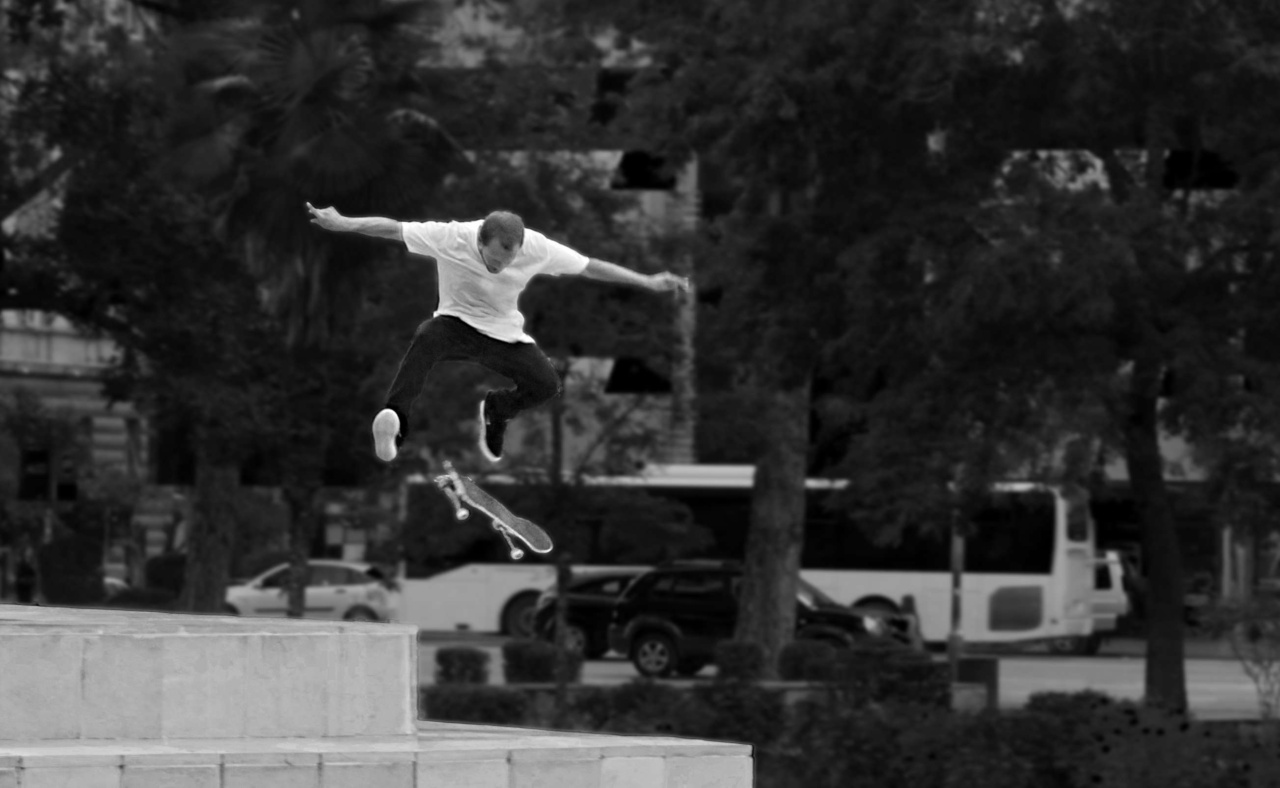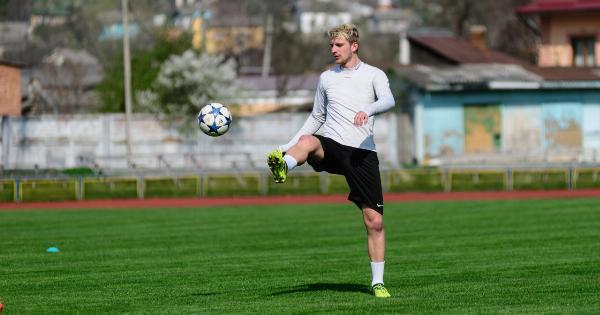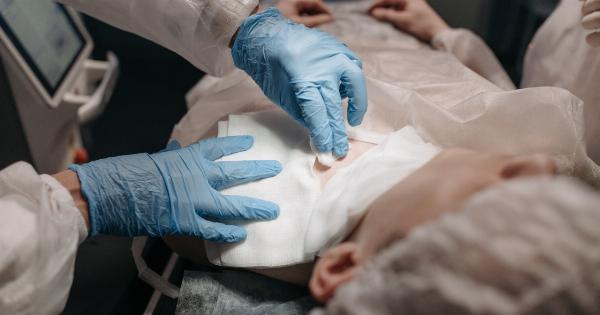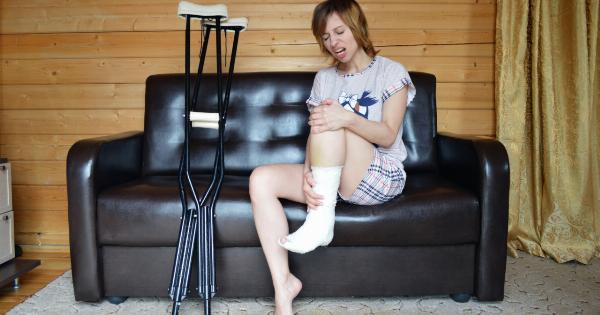Athletes know that injuries are part of their sport. A sprain, a torn muscle, or a bone fracture can occur during a game or practice. But one of the most common injuries that athletes suffer, and that often requires surgery, is a meniscus rupture.
What is the Meniscus and What Does It Do?
The meniscus is a rubber-like pad that sits between the shinbone and the thighbone in the knee joint. It acts as a shock absorber and distributes the weight of the body evenly across the joint.
The meniscus also helps to stabilize the knee and prevent it from rotating too far. It’s made of cartilage, a tough and rubbery material that helps cushion the joint and keep it healthy.
Causes of Meniscus Rupture
Meniscus ruptures can be acute or chronic. Acute meniscus ruptures usually happen due to a sudden twist of the knee while bearing weight. Meniscus tears can also occur during direct impact or forceful movement.
Chronic meniscus ruptures, on the other hand, can happen due to the wear and tear of the joint over time. This is common in athletes who put a lot of stress on their knees through jumping, twisting, and running.
Symptoms of Meniscus Rupture
If the meniscus ruptures, the athlete may experience several symptoms including:.
- Pain in the knee, particularly when bearing weight
- Swelling and stiffness in the knee joint
- Difficulty straightening the leg
- Feeling a pop or snap inside the knee
- Catching or locking of the knee joint
Treatment Options for Meniscus Rupture
If an athlete suspects that they have a meniscus rupture, they should see a doctor right away. The doctor will perform several tests to assess the extent of the injury. These tests may include an MRI, an X-ray, or a physical examination.
Treatment options for meniscus ruptures often depend on the severity of the injury. In some cases, rest, ice, and physical therapy may be sufficient to help the body heal itself. In other cases, surgery may be necessary to repair the tear.
The surgeon will remove the damaged part of the meniscus and repair the healthy part if possible.
Recovery Process and Expected Outcomes
The recovery process for meniscus rupture surgery can be long and challenging. Rehabilitation often includes physical therapy, exercises to strengthen the muscles around the knee, and ice and heat therapy to reduce swelling and inflammation.
Full recovery can take several months, and the athlete may need to modify their activities during that time.
The expected outcomes for meniscus rupture surgery depend on the severity of the injury, the athlete’s overall health, and their level of activity.
In most cases, athletes can expect to return to full activity within six months to a year after surgery.
Preventing Meniscus Rupture
Athletes can take several steps to prevent meniscus ruptures, including:.
- Wearing shoes that fit well and provide good support
- Keeping the muscles around the knee strong through regular exercise
- Warming up properly before physical activity
- Practicing proper body mechanics during physical activity
The Bottom Line
A meniscus rupture is a common injury that can severely impact an athlete’s performance and quality of life.
By taking steps to prevent meniscus ruptures and seeking prompt medical attention when they occur, athletes can reduce their risk of developing this painful injury.

























